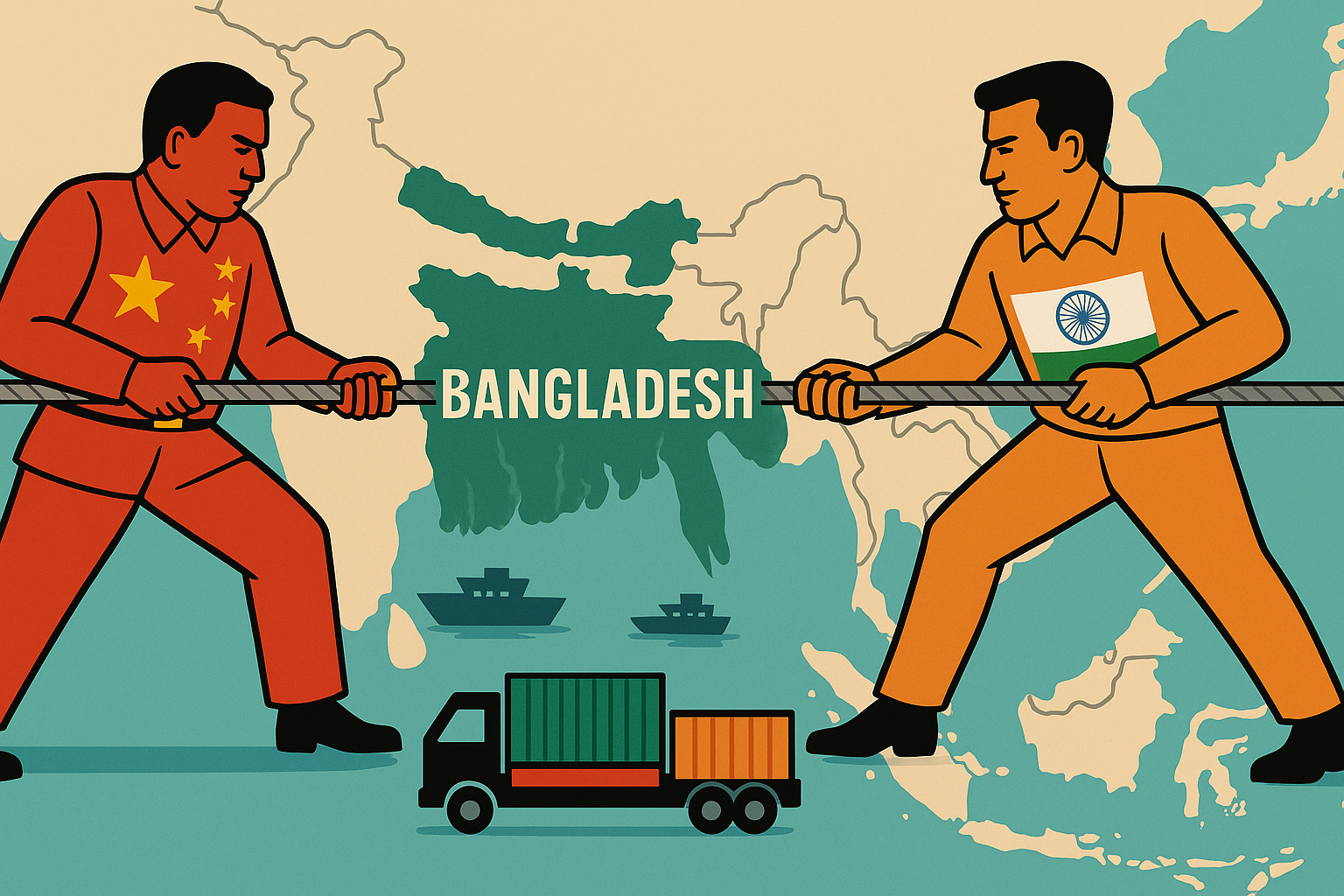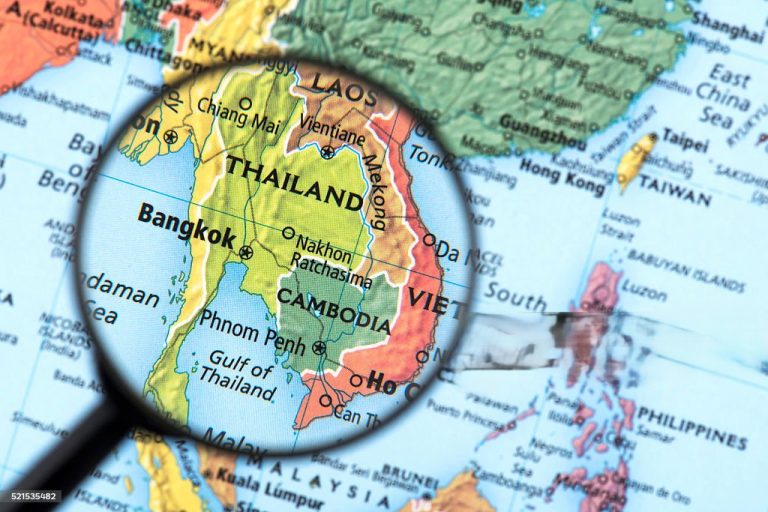India and Bangladesh, two close neighbors with a historically strong trade relationship, face growing tensions as recent trade restrictions threaten economic ties. With bilateral trade previously exceeding $18 billion, Bangladesh has stood as one of India’s top trading partners in South Asia. However, a reciprocal approach to trade barriers has emerged, complicating the previously cooperative relationship.
In May 2025, India implemented measures that restrict 42% of imports from Bangladesh, amounting to about $770 million. Key Bangladeshi products such as ready-made garments, processed foods, and plastics can now only enter through select seaports—specifically Kolkata and Nhava Sheva—effectively banning land routes that have historically facilitated trade, especially for India’s northeastern states. These limitations stem directly from Bangladesh’s own restrictions, which include bans on various Indian goods and heightened inspection protocols. Some curbs, like those on onions, were temporary and linked to domestic price controls; others reveal a deeper shift in trade policy.
Historically, India has occasionally imposed export bans on critical commodities, responding to domestic shortages or price fluctuations. Given that Bangladesh relies heavily on Indian agricultural imports, these restrictions have previously resulted in sudden price spikes and supply shortages. Typically, such trade disruptions have been resolved through diplomatic negotiations, restoring cooperation. However, current geopolitical dynamics have complicated negotiations, as both countries navigate a shifting landscape marked by new alignments and emerging global powers.
In the backdrop of these trade developments is a growing concern regarding Bangladesh’s alignment with China. The country’s recent pivot toward Beijing, through increased investments and infrastructure initiatives, is perceived by India as a strategic challenge. This evolving relationship raises the stakes of India’s trade restrictions, which may serve as pressure tactics in response to Bangladesh’s closer ties with China.
Furthermore, reciprocal trade barriers imposed by Bangladesh have escalated tensions. With a new interim government that India views as less cooperative, controversial statements from Bangladeshi officials have strained relations. This environment ultimately creates openings for China to strengthen its foothold in Bangladesh by positioning itself as an alternative trading partner.
The fallout from these trade measures is expected to be significant for Bangladesh’s economy. The ready-made garment sector, a crucial industry, has already seen diminished exports due to land route restrictions, compelling businesses to resort to costlier and slower shipping methods. This shift risks delays that could lead to missed order deadlines, potentially resulting in market share losses to competitors like Vietnam.
Inflation has emerged as another pressing issue, particularly concerning staples like onions. Price surges due to disrupted supplies have sparked concerns about rising costs for essential goods, disproportionately impacting low-income families. Additionally, increased shipping expenses are expected to trickle down to consumers, heightening inflationary pressures across the economy.
Small and medium-sized enterprises, especially in border towns, are also feeling the brunt of these restrictions. Many businesses reliant on informal trade with India face reduced revenues and layoffs, exacerbating economic hardship in communities dependent on cross-border exchanges. The trade restrictions further heighten Bangladesh’s trade deficit with India, straining foreign reserves and leading to potential depreciation of the Bangladeshi Taka.
For India, while the immediate impact may appear beneficial to certain sectors, the long-term repercussions could undermine India’s regional influence. The restrictions might stabilize domestic markets temporarily but risk eroding diplomatic relationships essential for cooperation on critical regional issues.
As Bangladesh diversifies its economic partnerships, India’s position could weaken relative to China, complicating efforts for regional integration and cooperation. Should these trade barriers persist, India risks losing its traditional dominant role in South Asia while facing fallout in border states that heavily rely on bilateral trade.
The current situation presents a pivotal moment for both India and Bangladesh. If restrictions continue, Bangladesh may deepen its economic ties with China, reshaping the regional balance of power. Conversely, lifting restrictions could pave the way for renewed collaboration, benefiting both nations by enhancing trade flows and reinforcing diplomatic relations.
Ultimately, successful trade policies require a delicate balance, and both countries must address the underlying political tensions that threaten to disrupt their historically cooperative ties. Without a commitment to open and respectful trade practices, there is a danger that unresolved disputes could escalate into broader geopolitical rivalries, complicating the already intricate landscape of South Asia.



















